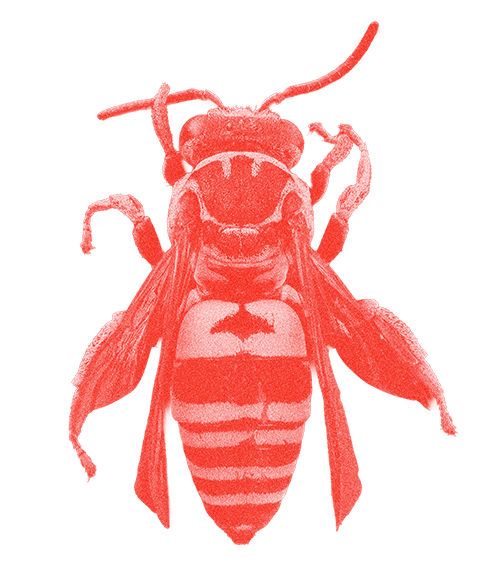Inside
the
hive
A beehive is an enclosed structure where honey bees live and raise their young. The nest's internal structure is a densely packed group of hexagonal prismatic cells made of beeswax, called honeycomb. The bees use the cells to store food (honey and pollen) and to house the brood (eggs, larvae, and pupae). Beehives serve several purposes. These include the production of honey, pollination of nearby crops, housing supply bees for apitherapy treatment, and trying to mitigate the effects of colony collapse disorder.





The humble honey bee is responsible for much more than the sweet, sticky, golden drizzle on your toast – in fact, the industry contributes an estimated $14.2 billion annually
to the Australian economy.
140 bees are needed to produce one kilogram of macadamias.
69 bees help produce one kilogram
of almonds.
18 bees are required to pollinate one kilogram of avocados.
5 bees help grow one kilogram of pumpkin.
2 bees are needed for one kilogram of watermelon.